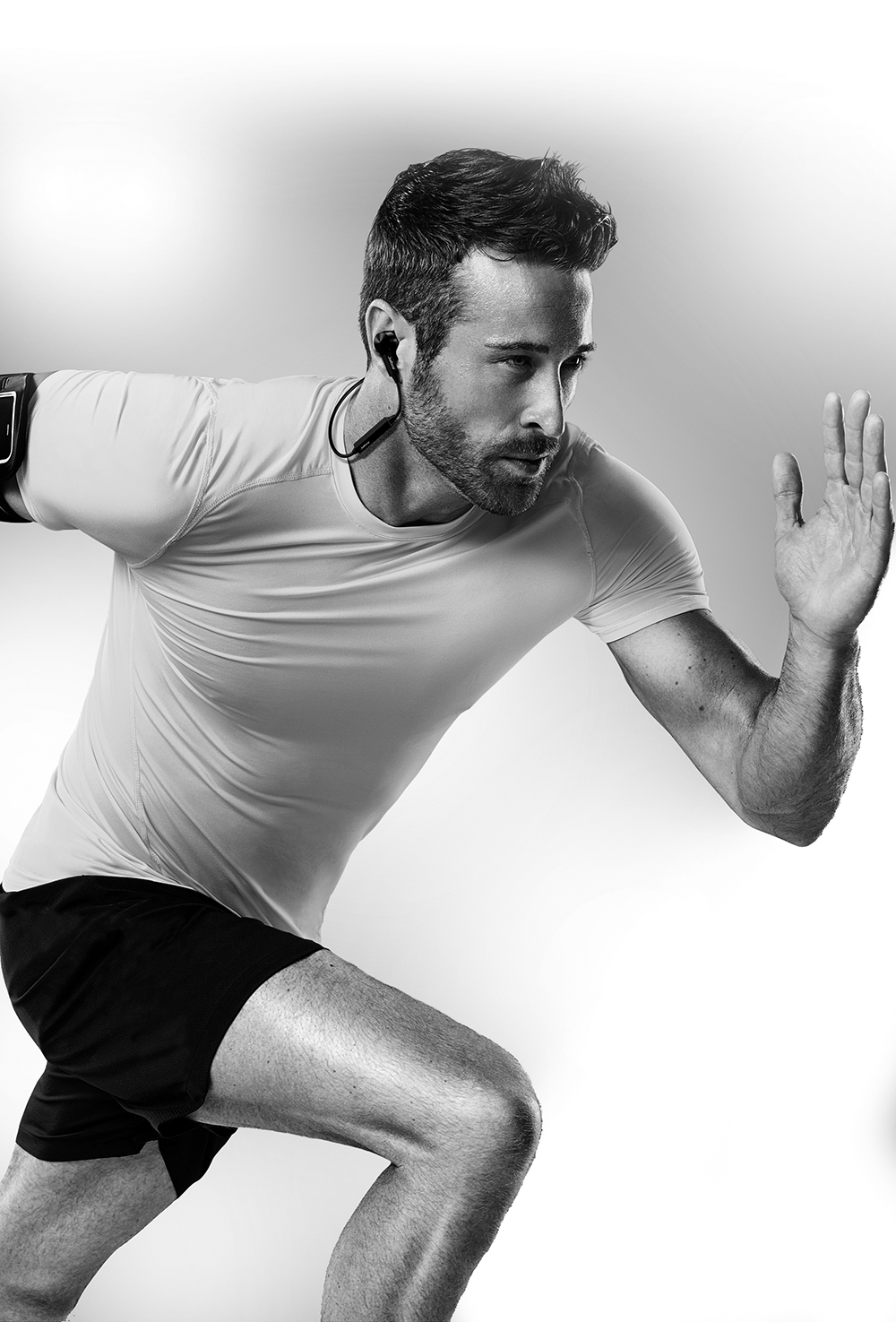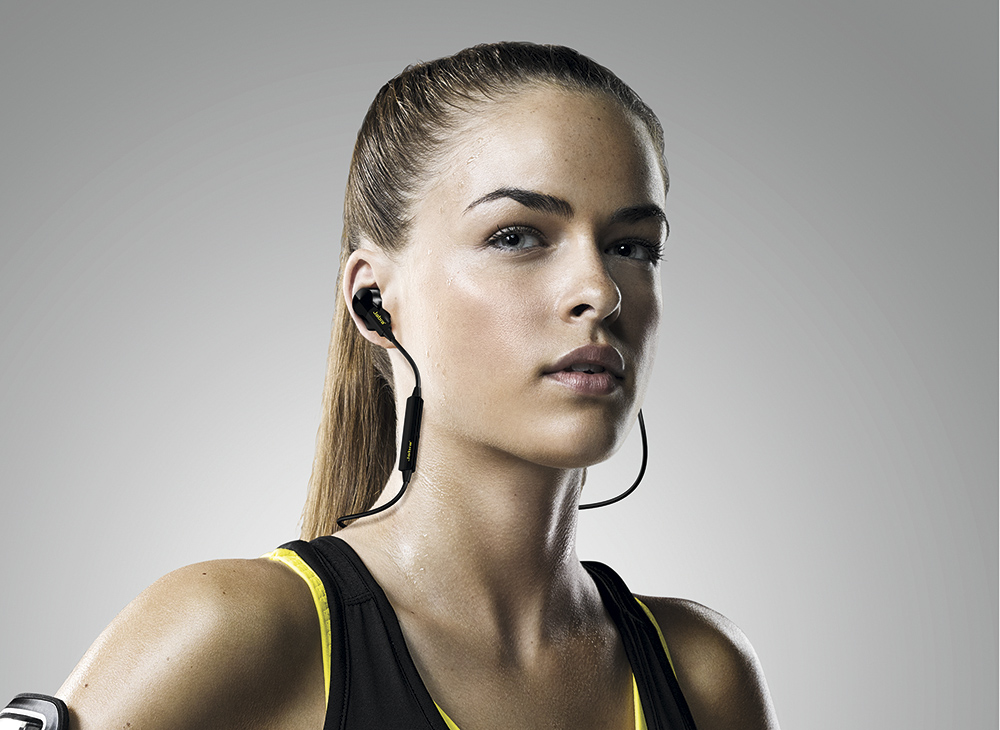Products in this test
Anyone who has been to the local gym can’t help but notice the many people walking around wearing earbuds. Music makes exercise a little easier to get through, and can also provide motivation and pace for a good jog for instance.
With heart rate monitors and other advanced running gear, your headphones can work as a training coach that discreetly motivates you with messages into your ear. It provides just a little extra push when the body otherwise can’t take much more. If you haven’t already invested in a pair of wireless headphones, here is a small sample of the options out there.
A natural question could be: Why not simply use the headphones that came with the mobile phone? There are several answers to that question.

First of all, the headphones that come with your phone are most often wired. This means having a long wire dangling from the ear, which is neither particularly smart nor practical, while limiting your freedom of movement. Thus, all the models in this test are wireless and connect to the mobile phone via Bluetooth. However, the headphones are no less wireless in that they all still have a wire or a form of hoop that goes behind the neck, connecting the two earbuds.
The next point that is important to consider is the fit. The primary task of fitness earbuds is to remain in your ears, no matter how much you move. The headphones that are part of the standard package for new mobile phones are rarely of good quality, and they have a tendency to fall out of the ears. On fitness earphones, the fit is perhaps the most important focus area. It allows the earbuds to sit firmly in the ear canal and remain there even when you are sweating. The producers have solved the task in different ways and with varying degrees of success. Moreover, common to them all is that they must withstand sweat and humidity somewhat better, and not drown during a session on the spin bike.
However, it is not enough that the earbuds sit securely. They must of course also be able to play well, especially since we are in this particular price range. Again, the results are very different, depending on what manufacturer we test, and naturally it is a matter of taste if you prefer heavy bass when increasing the pace and getting some motivational feedback.
The last point that is worth mentioning pertains to the extra features that start to accompany headphones in this category.
Some manufacturers have put heart rate monitors in the one earbud so that they can also be used as a substitute for a smartwatch or a fitness bracelet. It’s pretty smart, but it also means a significant hike in price, while shortening the battery life. However, it may be worth considering if you are interested in this feature.
The manufacturers were asked to deliver their latest wireless models intended for training. Each model is assessed based on the fit, sound quality, battery life, extra features and price. They have all been tested in terms of daily use as well as for running and strength training. Each test ends with a conclusion and an overall score.
Products in this test
Plantronics Backbeat Fit
Fine Bluetooth hoop
Backbeat Fit is comfortable to wear and plays well.


Monster iSport Victory
These play really well
One shouldn’t judge a book by its cover.


JBL Reflect Contour
As if glued stuck
Even an avid athlete will have trouble ripping the JBL out of the ears.


Jabra Sport Pulse Special Edition
Plenty of bass
Jabra’s earbuds stay where they are meant to be, and play both loud and deep.


AfterShokz Trekz Titanium
Sound in the skull
Trekz Titanium does not enter the ear, but instead pumps sound in through the cheekbones.


Jaybird Freedom F5
Expected more
Poor fit and flat sound in Jaybird is disappointing.


Bose SoundSport Pulse
Well playing lumps
Bose provides good sound, but disappoints regarding the battery life.


Panasonic Wings RP-BTS50E
Panasonic gives you wings
It's the inside that counts, and Panasonic is certainly not as stupid as it looks.



